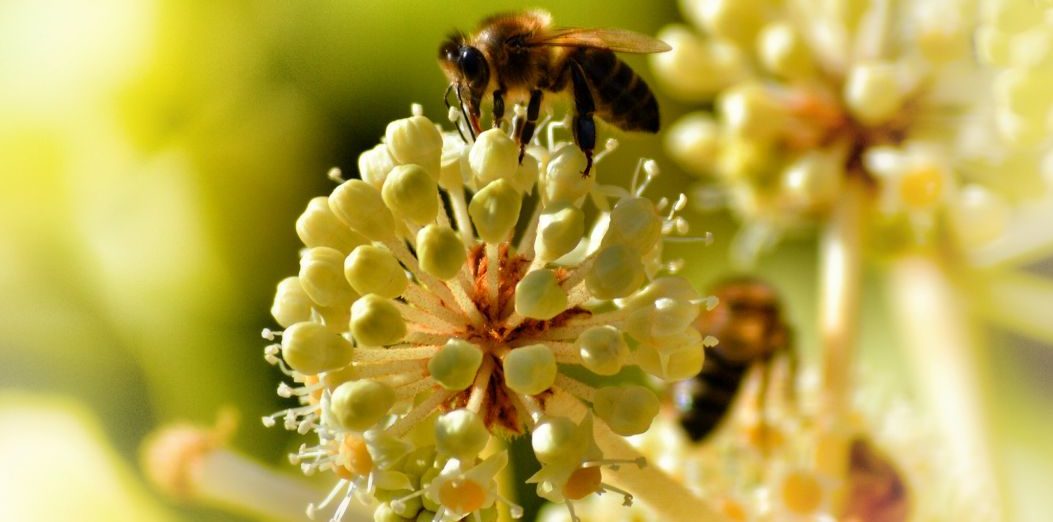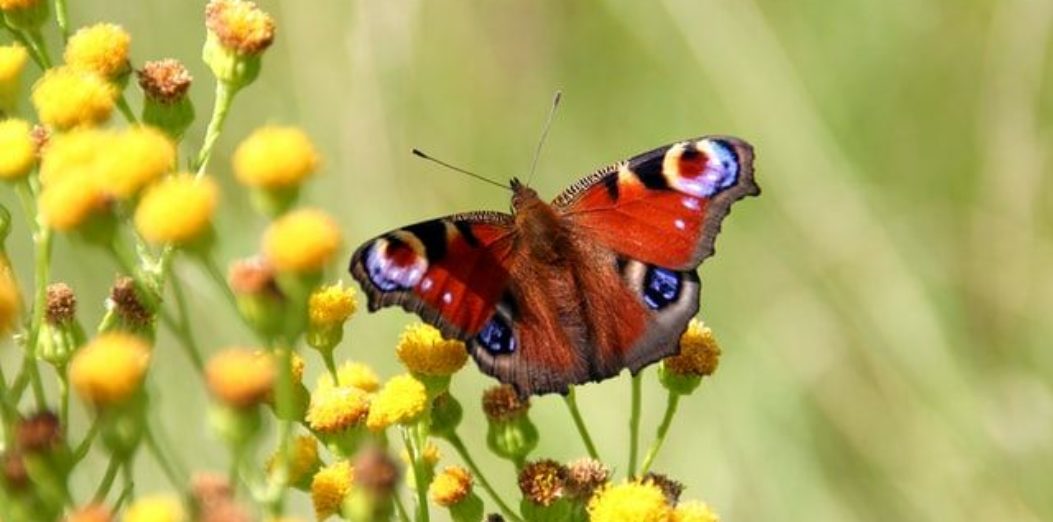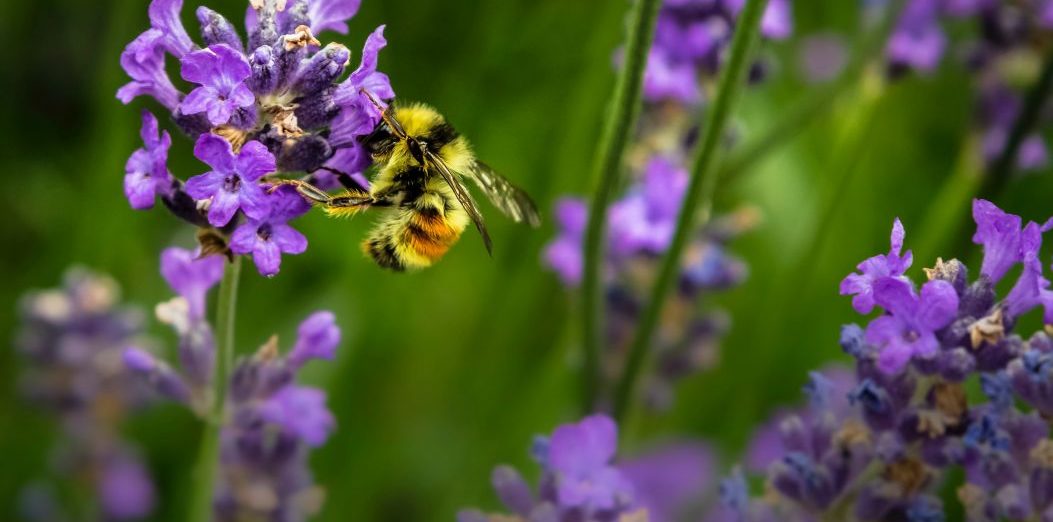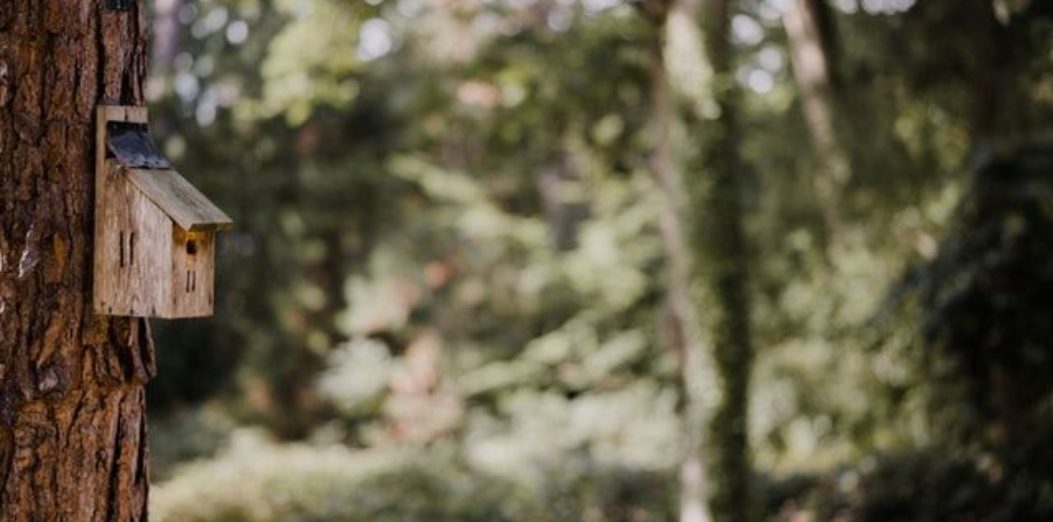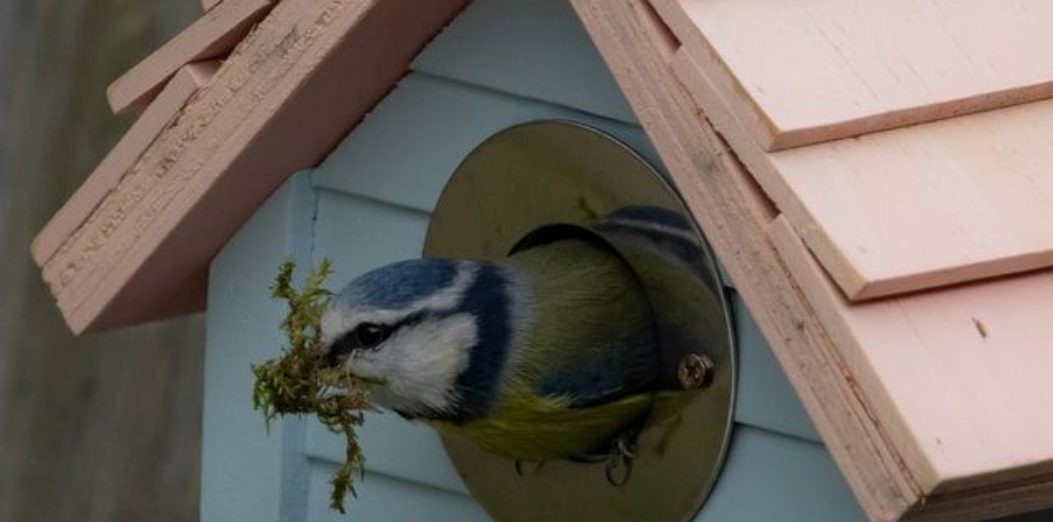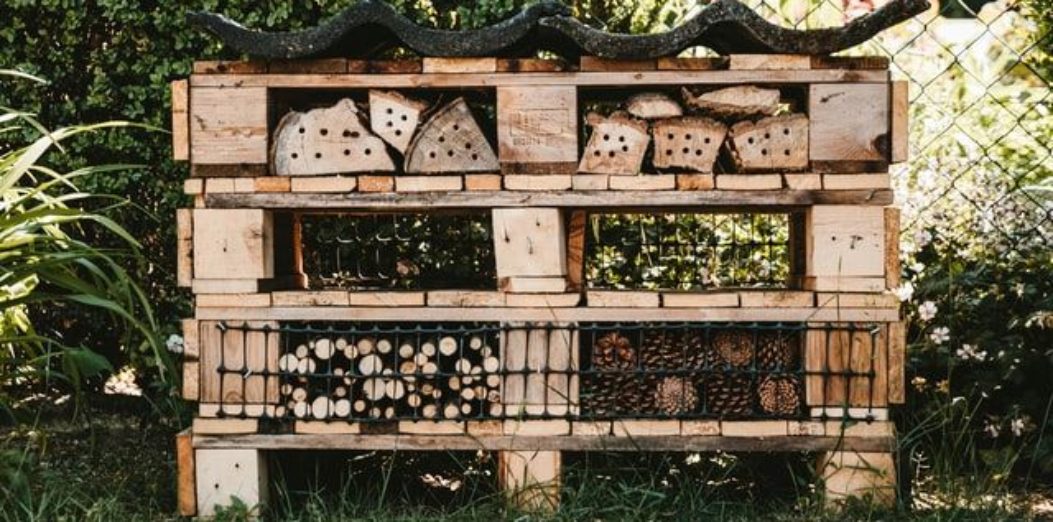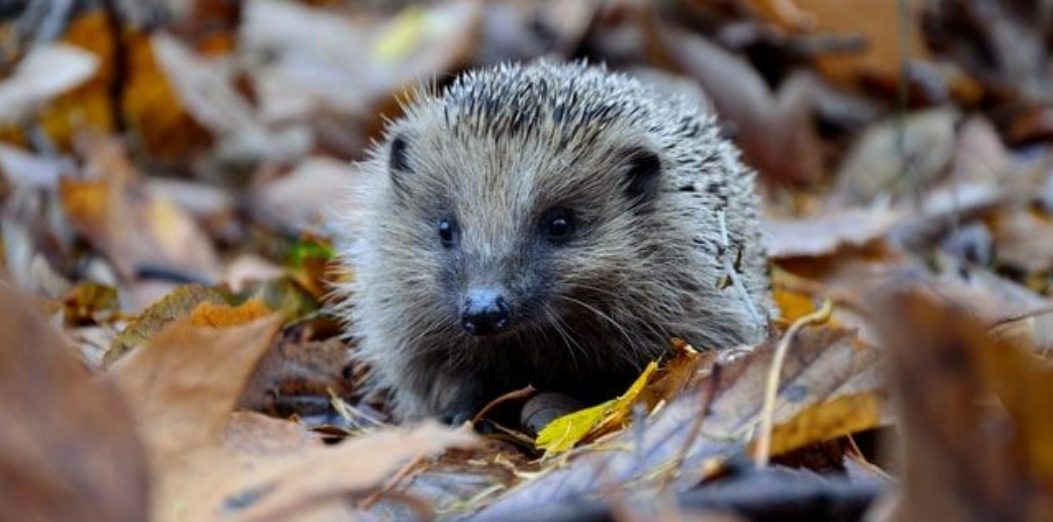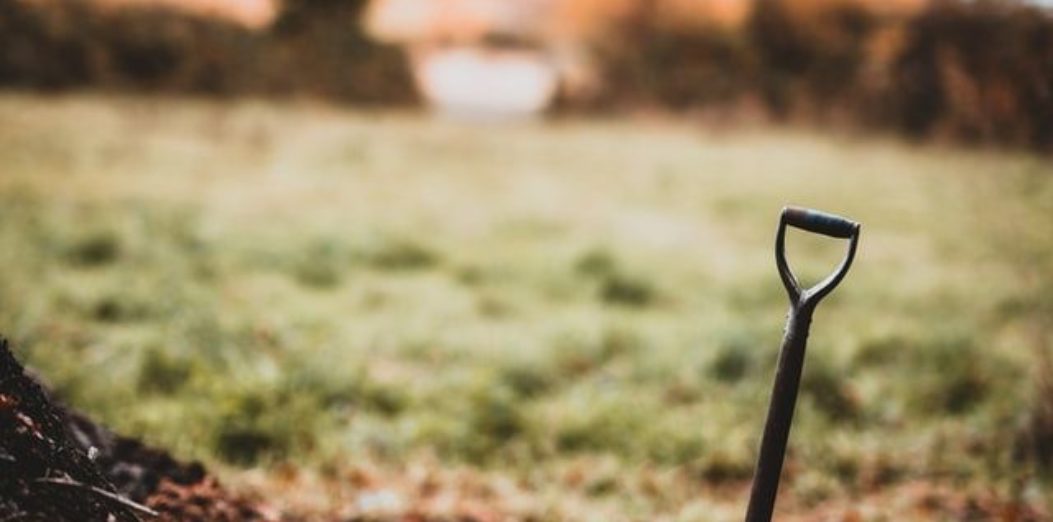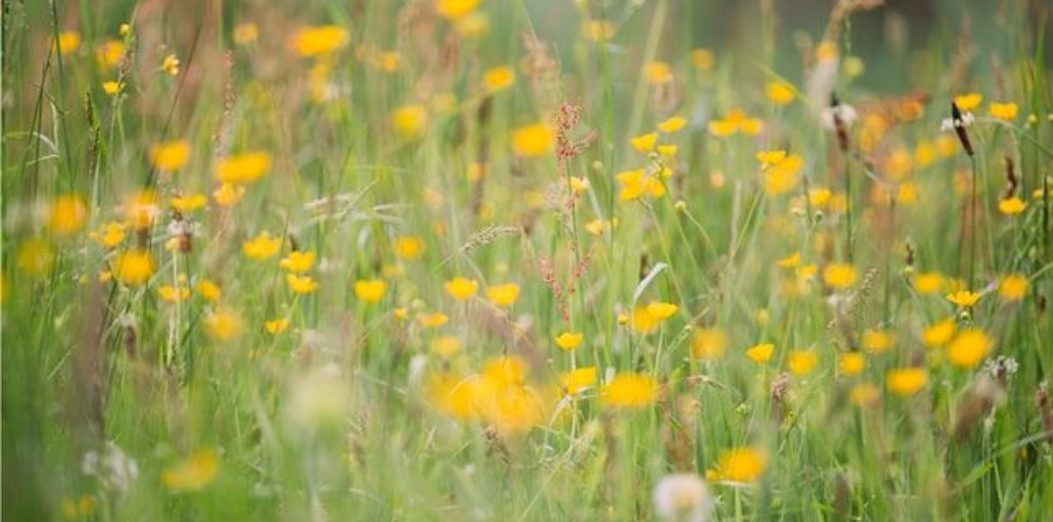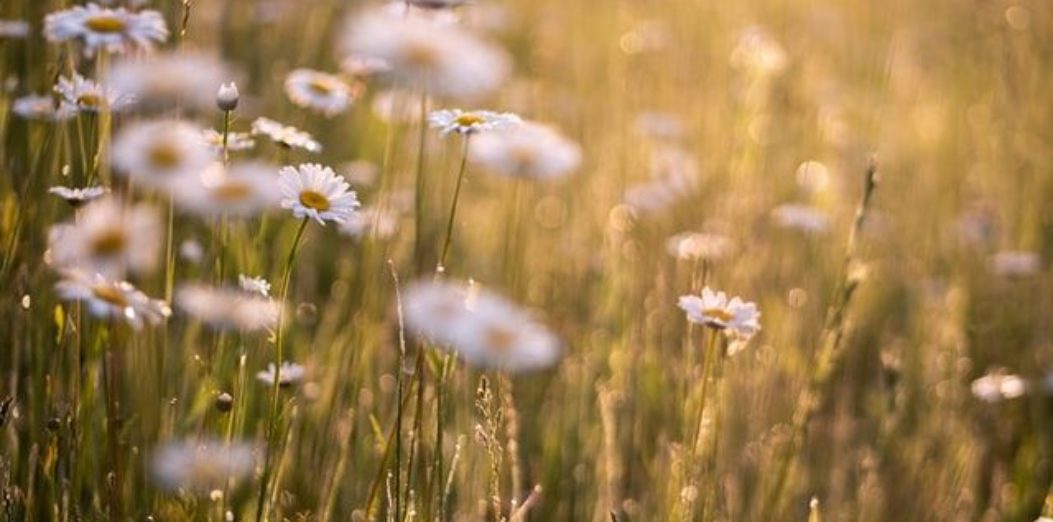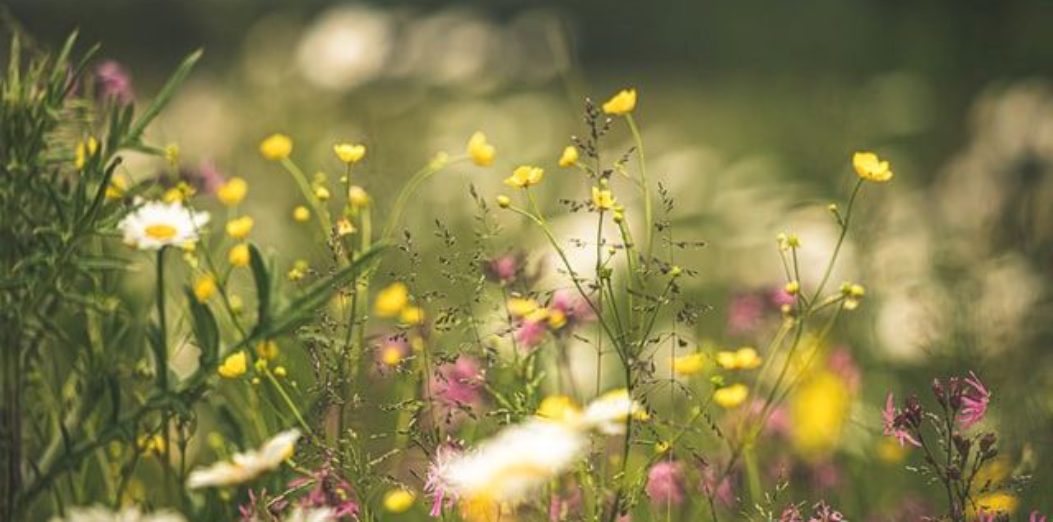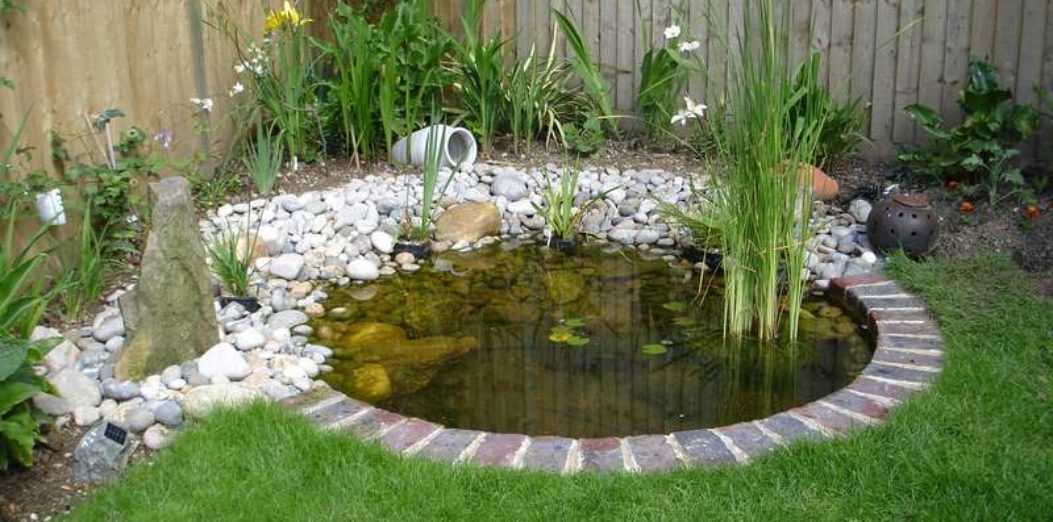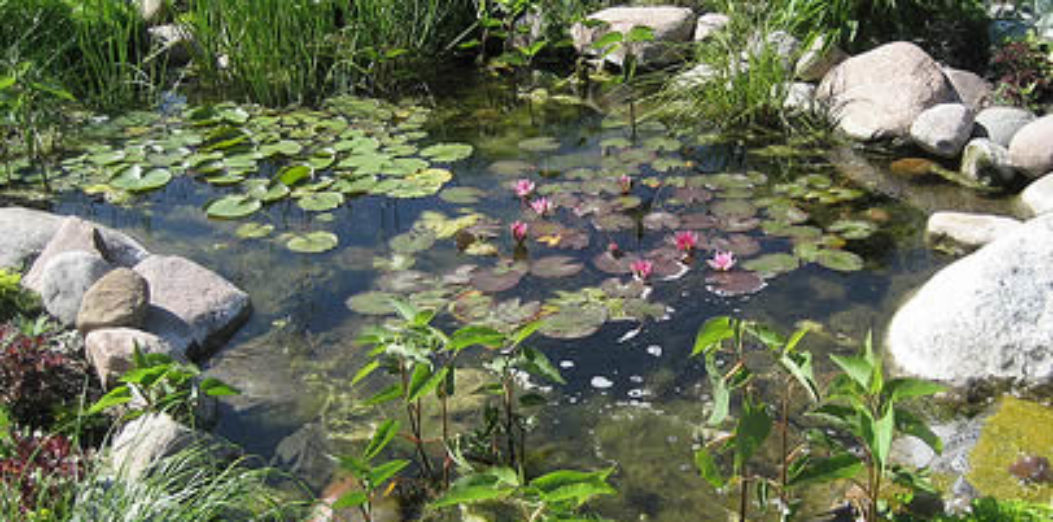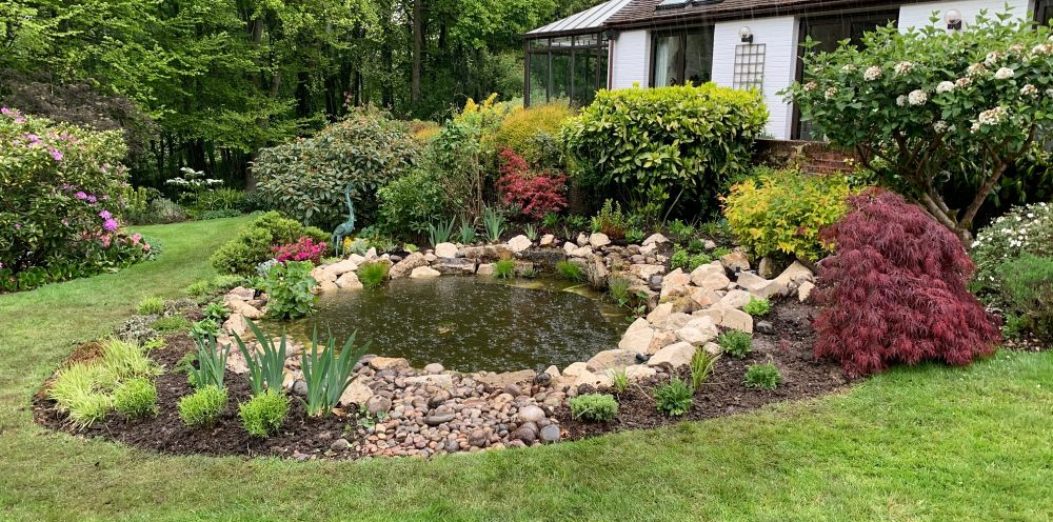How to encourage wildlife into your garden
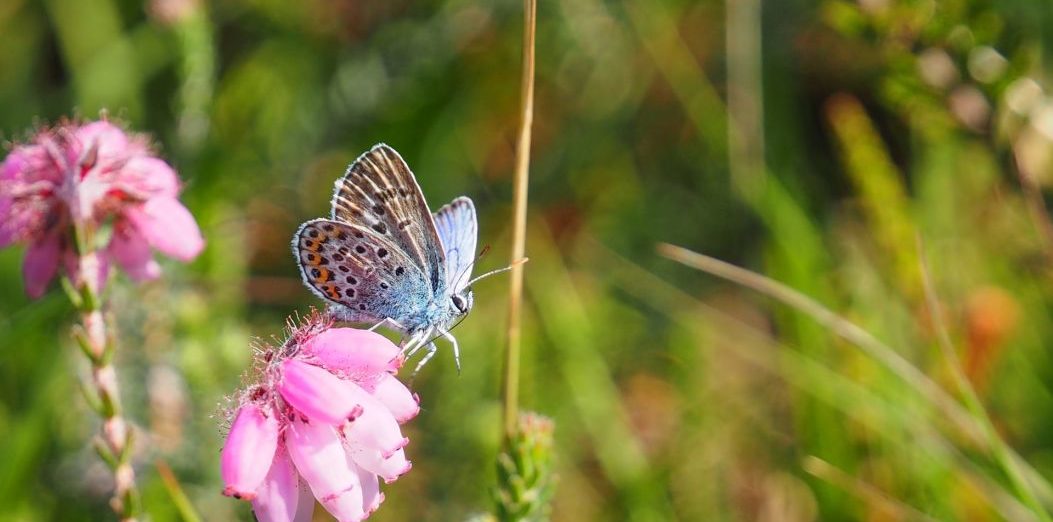
However hard it is, lockdown does have it’s benefits. On several of my recent visits, clients have mentioned that they’ve been paying a lot more attention to the garden and as a result have become much more aware of how wildlife are using their garden. Often it surprises people just how many different wild creatures use their space. This often leads on to the question of how we could add wildlife friendly elements into their garden design. So I thought I’d use this post to highlight some simple things that can be incorporated into a design for any sized garden to really benefit wildlife.
Add more vegetation
Adding more planting beds and even more shrubs or a tree can not only provide seasonal interest for you but also provide food and shelter for birds and pollinators. When adding perennials or shrubs to your borders consider those that are pollinator friendly – this is often specified on the label. Climbers are also great habitat for wildlife so even in the smallest of spaces vegetation can be added. If you have the space or want to redo a boundary why not add a mix deciduous hedge, these provide much needed shelter for common garden birds. By adding a tree to your garden, you would also be providing food and shelter for a wide range of species as well as adding height and a focal point to your design.
Add bird boxes and feeders
Birds are an important part of your garden’s ecosystem and usually the most noticeable wildlife visitors. Creating bird boxes and putting out food will encourage a wider range of birds into your garden and help them thrive. Put your bird box up high in a sheltered area out of the way of visiting cats. Bird feeders should also be placed out of the way of visiting cats – and are best placed close to dense shrubs or hedging, giving the birds shelter and an escape route should a predator appear. In the spring, provide protein-rich feed, such as fat balls. Seeds are best in the winter. Alison’s post from 2014 takes a more detailed look at attracting birds to your garden. The RSPB website also has lots of information on feeding birds, as well as a whole section devoted to nest boxes for small birds – everything from making a bird box through to where to site them and how to clean them out.
Add a home for other species
Bug boxes or even just a small corner of piled logs and sticks provide shelter for a huge number of invertebrates. And if you have an appropriate, undisturbed area of the garden why not add a home for a sadly now rare visitor to the garden – the hedgehog. Brilliant for ridding your garden of slugs and snails, you’ll need to make sure there are gaps in the bottom of your fence for them to move in and out of your garden. If you have a particularly damp area of the garden and any broken terracotta pots, why not reuse them as frog and toad houses. If you are a keen gardener and have the space, consider adding a compost area. Not only does it provide with great feed for your planting beds, but it will also provide a habitat for worms, woodlice, and many other insects, including frogs and slow worms. To avoid attracting rats, only add raw, not cooked food.
Add wildflowers
If you have a large expanse of lawn, why not consider turning some of that into a wildflower area? This can be done by simply not mowing the area or by stripping the area back and adding a wildflower seed mix or instant wildflower turf. If incorporated into a design these ‘meadow’ areas can become really beautiful features. Even a small area of ‘meadow’ will increase your garden biodiversity. If sacrificing your lawn is not for you consider just mowing less often to encourage species such as daisies and clover to flower. You can also read more about establishing a full blown wildflower meadow on the RHS website.
Add water
A water source of any size is important for wildlife particularly during extreme conditions. If you do not have much space a small bird bath or dish will provide plenty of drinking water for passing birds. Or a container pond will provide important habitat for lots of wildlife such as amphibians and insects. If you have more space, consider a full-sized pond or wildlife friendly water feature. A pond provides a hugely important habitat and can also add a lovely feature to your garden. Just don’t add fish – they will eat up lots of the wildlife! A stream style water feature would provide the perfect area for bathing birds. Already have a pond or water feature? Read Alison’s 2013 guide on how to look after your pond or water feature. You can also read more about water for wildlife on the RSPB site.
Have we enthused you?! Book your free consultation to get started on a wildlife-friendly garden design, or read more DIY gardening for wildlife ideas on the RSPB website.
